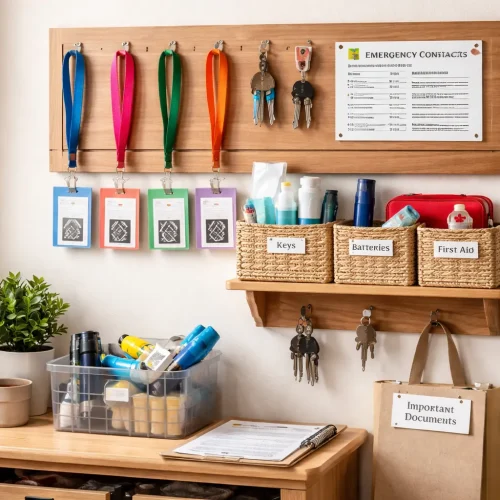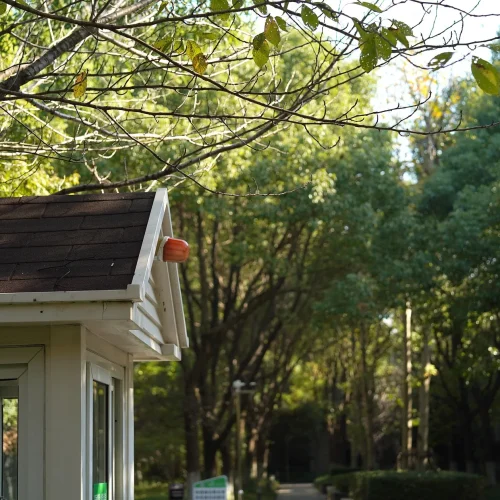Workplace safety begins with continuous alertness, and the Occupational Safety and Health Administration (OSHA) 30-hour course equips supervisors and seasoned employees to lead in the workplace. In 2024, OSHA provided Outreach Training Programs, including OSHA 30 training, to approximately 1.47 million workers. The OSHA 30 course includes OSHA guidelines and emphasizes safety program initiatives. The major topics forming a part of this curriculum include fall protection, electrical safety, hazard communication, PPE, and emergency response plans. Upon successful completion, participants receive the OSHA 30 card that authenticates the learner’s advanced safety knowledge.
Obtaining the OSHA card confirms advanced safety competence. It transforms participants into leaders committed to protecting their teams and complying with safety regulations. Read on and learn the major components of OSHA 30 training, who should enroll, and the advantages of obtaining the OSHA 30 card.
OSHA 30 Training: Eligibility and Structure
The OSHA 30-hour course empowers safety leaders with industry-specific knowledge essential for maintaining a safer workforce. We will outline the necessary eligibility criteria and the course structure to help professionals begin OSHA 30 training.
Course Eligibility Criteria
The training suits construction workers, general industry supervisors, and experienced workers accountable for their safety tasks. OSHA standards recommend the advanced course for those assigned hazard identification and prevention tasks. The course helps them stay aligned with the present safety norms and positions them for leadership roles with safety compliance.
Training Program Structure
The OSHA 30-hour training consists of 30 hours of intensive program, separately for construction and general industry, and each customized to address specific risks. Central to the OSHA module are the fall protection, electrical safety, hazard communication, PPE, and emergency action plan strategies. OSHA-authorized training providers conduct online training or at the employer’s workplace, adhering to strict standards to ensure the content is up to date.
Required OSHA Training Topics
The key topics included in every OSHA 30 training reflect the most recent OSHA safety rules. Here is the list:
- Fall Protection.
- Electrical Safety
- Hazard Communication (HAZCOM
- Personal Protective Equipment (PPE)
- Emergency Action Plans (fire prevention, exit routes)
- Introduction to OSHA and worker rights
These are the most recent OSHA standards, designed to reduce workplace accidents and fatalities.
Elective and Industry-Specific Modules
OSHA 30 courses include specialized electives that aim at hazard areas unique to specific worksites. This supplements the core training curriculum illustrated by examples such as:
- Scaffolding
- Confined spaces
- Machine guarding
- Powered industrial trucks (forklifts)
- Ergonomics
- Incident investigation and hazard control
These electives enable participants to explore deeper into the risks associated with their particular job environment. To stay up to date, OSHA frequently updates the curriculum. OSHA updates its website on a timely basis in line with the latest curriculum that is being reviewed by them to see new findings and keep their mandate updated.
Earning the OSHA 30 Card: Process and Benefits
The OSHA 30 card marks the completion of the 30-hour OSHA Outreach Training Course, symbolising a safety leader’s proficiency in workplace safety with verified knowledge and skills in safety.
Step 1: Sign Up With a Verified OSHA-Authorized Training Provider
The process begins with registering through an OSHA-authorized training provider, followed by verification on the OSHA website. This step suggests confirmation that the provider meets strict quality standards and offers a legitimate course widely recognized.
Step 2: Complete the 30-hour Training Curriculum in the Relevant Industry Version
In the next step, participants go through an intensive 30-hour training program specifically tailored for either construction or general industry. By blending both core and elective safety topics, the curriculum targets to address the unique risks faced in each sector.
Step 3: Demonstrate Comprehension by Passing Any Required Assessments or Quizzes
Learners must complete exams or quizzes during or at the end of the course to demonstrate mastery of the material. This confirms their readiness to apply safety guidelines in daily workplace activities.
Step 4: The official OSHA 30 wallet card issued by the Department of Labor
Upon successful completion, learners are awarded the official OSHA 30 card, a compact credential issued by the Department of Labor (DOL). Those who receive this wallet-sized card are officially recognized for their achievement in advanced safety training.
Benefits of the OSHA 30 Card
The OSHA card is nationally recognized in America and broadly accepted as proof of advanced workplace safety training. It enables professionals to maintain regulatory compliance and sets them up to lead in workplace safety. Many employers, especially in construction and other high-risk industries, require this OSHA card as a condition of employment or promotion.
Elevate Job Site Safety With OSHA 30 Card!
Earning an OSHA 30 card empowers supervisors and safety professionals to identify risks and take preventive action to control them. This improves safety on the job site and helps reduce accidents. The OSHA card, broadly accepted, is evidence of advanced safety skills and paves the way to career progression. Robust safety training courses, such as the OSHA 30-hour program, significantly minimize costs like legal fees and compensation claims. Holding the card also ensures organizations follow federal safety rules. Join today or enroll in the OSHA 30-hour course to advance your safety knowledge and career.













